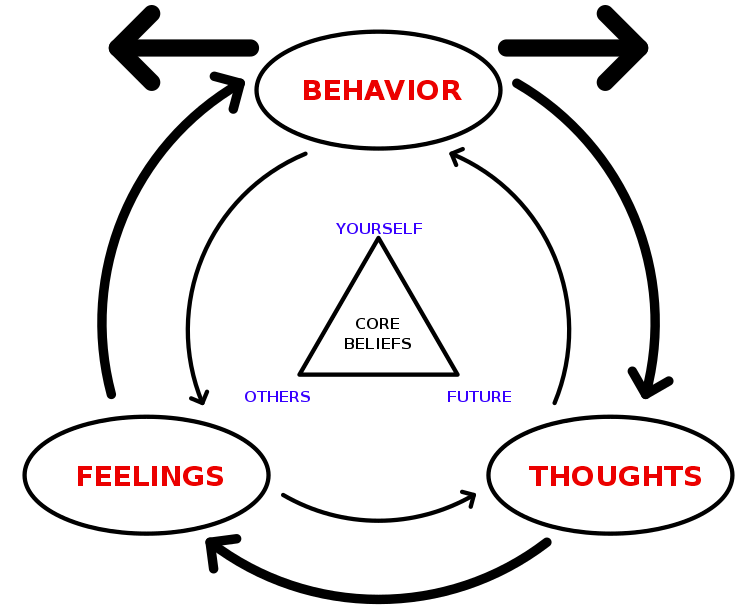understanding psychotherapy
Psychotherapy aims to empower individuals by helping them understand that they have the capacity to influence their lives and how they face challenges, regardless of external circumstances. This aligns with the focus on promoting autonomy, self-awareness, and conscious decision-making.
Through therapy, individuals can come to understand how their thoughts, beliefs, and behavior patterns affect their emotions and actions. This awareness can enable them to challenge negative thoughts, develop healthier coping strategies, and make decisions more aligned with their personal values and goals.
Psychological therapy helps individuals develop a more resilient and adaptive mindset in the face of difficulties. As they acquire tools to better understand themselves and manage their emotional responses, they can take an active role in shaping their own path and making decisions that contribute to their well-being.
Each individual is unique, and therapy can have different impacts and meanings for different people. Some may experience a greater sense of control and satisfaction in their lives, while others may find greater clarity in their goals and values. Ultimately, therapy provides a space for exploration and personal growth, which can significantly contribute to the feeling of being “masters of their destiny.”
COGNITIVE BEHAVIOURAL THERAPY (CBT)

Cognitive Behavioral Therapy (CBT) is a widely recognized and effective form of psychotherapy that focuses on the connection between thoughts, emotions, and behaviors. It’s based on the premise that our thoughts and beliefs influence our feelings and actions, and that by identifying and challenging negative thought patterns, individuals can improve their emotional well-being and make positive changes in their lives.
Key principles of CBT include:
1. Cognitive Restructuring: CBT helps individuals become aware of their negative or distorted thought patterns and replace them with more realistic and balanced thoughts. By changing the way they think about situations, they can alter their emotional responses.
2. Behavioral Activation: This involves identifying behaviors that contribute to distress and those that promote well-being. Individuals work on increasing positive and rewarding behaviors while decreasing avoidant or negative behaviors.
3. Exposure: Exposure therapy is commonly used in CBT to help individuals confront and gradually overcome their fears or anxieties. It involves exposing individuals to their fears in a controlled and safe manner to reduce their anxiety responses.
4. Skills Training: CBT often includes teaching individuals practical skills for managing stress, solving problems, improving communication, and coping with challenging situations.
5. Homework and Practice: Clients are typically encouraged to practice new skills and techniques learned in therapy in their everyday lives. This helps reinforce positive changes and build lasting coping strategies.
CBT is often used to treat a wide range of mental health issues, including:
– Depression
– Anxiety disorders (such as generalized anxiety disorder, social anxiety disorder, and panic disorder)
– Obsessive-compulsive disorder (OCD)
– Post-traumatic stress disorder (PTSD)
– Eating disorders (such as bulimia and binge-eating disorder)
– Substance use disorders
– Insomnia and other sleep disorders
CBT can be delivered in individual or group settings and can be adapted to fit different cultural and personal contexts. It is a goal-oriented and structured approach, usually conducted over a specific number of sessions. Research has shown that CBT can be highly effective in helping individuals develop more adaptive ways of thinking and responding to various life challenges.
BOOK APPOINTMENT & INFO
Together we will find the way to help you
- Call us: 0451344805
- +61451344805
- [email protected]
- ps_constanza
- Suite 410/251 Oxford Street, Bondi Junction
